StrategicRISK speaks to Bogdana Sardak, a risk and resiliency expert at Fusion Risk Management, about how an integrated risk management approach allows organisations to stay ahead of potential threats and maintain operational stability.
What are some of the key supply chain threats that organisations need to be aware of, and what are the global events that are generating these risks?
Bogdana Sardak, risk and resiliency expert at Fusion Risk Management: In today’s interconnected global economy and landscape of continuous uncertainty, supply chains are subjected to new risks.

We’ve witnessed how a pandemic can severely disrupt supply chains, but what about climate change? As extreme weather events caused by global warming increase worldwide, supply chains are becoming more vulnerable and imperiling continuity and resilience postures across organisations.
Other unprecedented situations including wars, geopolitical tensions, cybersecurity threats, and economic shocks caused by trade issues are also significantly impacting the stability and reliability of supply chains.
Organisations are increasingly relying on innovative technology to help them survive, not just thrive, in times of crisis. However, while technological advancements have many benefits, they bring some challenges with them too.
The integration of sensor technology and artificial intelligence in supply chain management certainly increases efficiency – but it also increases complexity and interdependence.
”The key to navigating multifaceted supply chain threats lies in having dynamic and agile business continuity and operational resilience programmes”
This makes supply chains more susceptible to technological failures or disruptions, which can have cascading effects on an organisation’s business continuity and operational resilience initiatives.
In response to these challenges, it’s imperative for organisations to develop a robust risk management strategy that is focused on mitigating risks ahead of time, maintaining continuity, and building resilience.
Organisations need to have a proactive approach and anticipate and prepare for potential disruptions rather than merely reacting to events when they occur. This involves conducting regular risk assessments, scenario planning, investing in resilient infrastructure, and developing strong and secure relationships with key suppliers and partners.
The key to navigating multifaceted supply chain threats lies in having dynamic and agile business continuity and operational resilience programmes that help you anticipate, prepare for, respond quickly to, and adapt to continuous change.
How are global supply chain risks evolving, and why is this important for risk managers to address now?
Sardak: Today’s supply chain risks are markedly different from the past, reflecting an evolution in scope and complexity.
The interconnectedness fostered by globalisation means that many disruptions are no longer local or isolated – they have global impact instead.
Technological advancements, while beneficial, can bring new vulnerabilities, especially in cybersecurity. Environmental and health crises like climate change, pandemics, and natural disasters add further layers of unpredictability.
”It’s about integrating business continuity and operational resilience into every layer of the supply chain, ensuring not just survival but the ability to thrive”
In addition, organisations must also consider geopolitical tensions, such as the current crisis in the Middle East, and how they impact supply chain continuity. For example, what if the Suez Canal closes? It’s happened before and can happen again.
It is critical to embrace a holistic and proactive approach within your programmes. Risk management is no longer just about tackling immediate supplier issues but rather involves anticipating a wide array of potential disruptions that can affect your entire extended enterprise.
It’s about integrating business continuity and operational resilience into every layer of the supply chain, ensuring not just survival but the ability to thrive amid uncertainties. This is the new reality for risk managers, and adapting to it is essential for the long-term success and sustainability of organisations.
What are some of the flaws / gaps in the ways that organisations currently address supply chain risks? What are the consequences of ignoring these threats?
Sardak: Many organisations have a limited view of their supply chain and lack end-to-end mapping. Most also still rely on reactive measures, but it’s not enough to just be able to recover from disruption.
Organisations need to be prepared for and anticipate disruptions as well as assess their potential operational and financial impacts. It is dangerous to underestimate the complexity of modern supply chains. The intricate web of interdependencies can lead to a negative chain reaction when one link in the supply chain is compromised.
Another gap is the insufficient integration of advanced technologies and data analytics in supply chain management. In an era where data is king, leveraging these assets for predictive insights and risk mitigation is not just an advantage, but it is a necessity.
Many organisations also tend to minimise the importance of the need for skilled personnel who can navigate and manage these complex systems – but without proper staff in place, inefficiencies will continue.
What are some of the pragmatic and practical steps that organisations can take to manage these threats?
Sardak: A crucial step is to develop a comprehensive and proactive risk assessment framework that includes not just immediate but secondary and tertiary suppliers as well.
This deep-layered view of the supply chain helps to identify and mitigate risks more effectively. Organisations must gather essential information from their suppliers, including their location, routes, services, and products. This information should then be mapped to your organisation’s business operations, providing a holistic view of the supply chain.
By adopting this comprehensive approach, organisations can effectively monitor risks from a geopolitical perspective, identify potential route risks, anticipate disruptions, and develop pre-determined strategies that will enable them to respond to any issues that may arise.
Organisations should also embrace digital transformation in their supply chain management. Leveraging technologies like AI and blockchain can provide real-time data and insights, enabling better decision-making and more agile responses in times of disruption.
”Supply chain risk management is not a one-time effort but rather an ongoing process”
Another practical step is to diversify suppliers and logistics options. Relying on a single source or a limited geographic region can be risky. Diversification helps build a more resilient supply chain that is capable of withstanding disruptions.
Scenario planning is essential as well. Regularly testing supply chain resilience through different disruption scenarios with varying levels of plausibility helps organisations identify potential weaknesses and prepare for potential risks more effectively.
Organisations may not have fully considered the importance of building strong relationships with their suppliers. Transparent and collaborative relationships can lead to more effective risk-sharing and joint problem-solving.
The next steps for organisations should include implementing all of these strategies with a focus on continuous improvement and innovation.
Supply chain risk management is not a one-time effort but rather an ongoing process that needs to adapt as new risks emerge in the ever-evolving threat landscape.







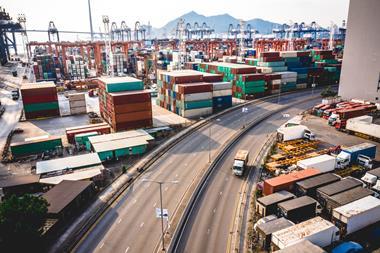

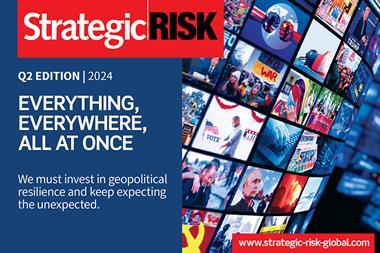

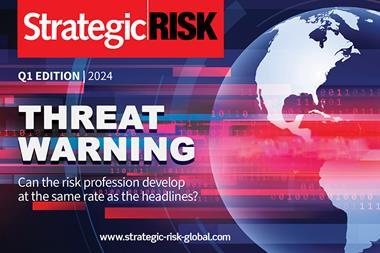
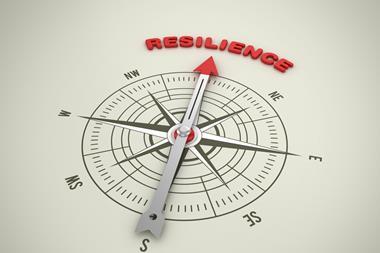
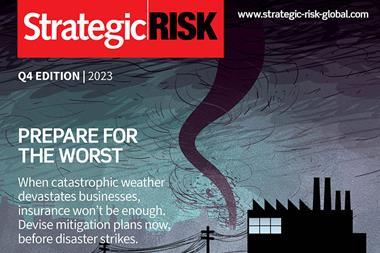





No comments yet